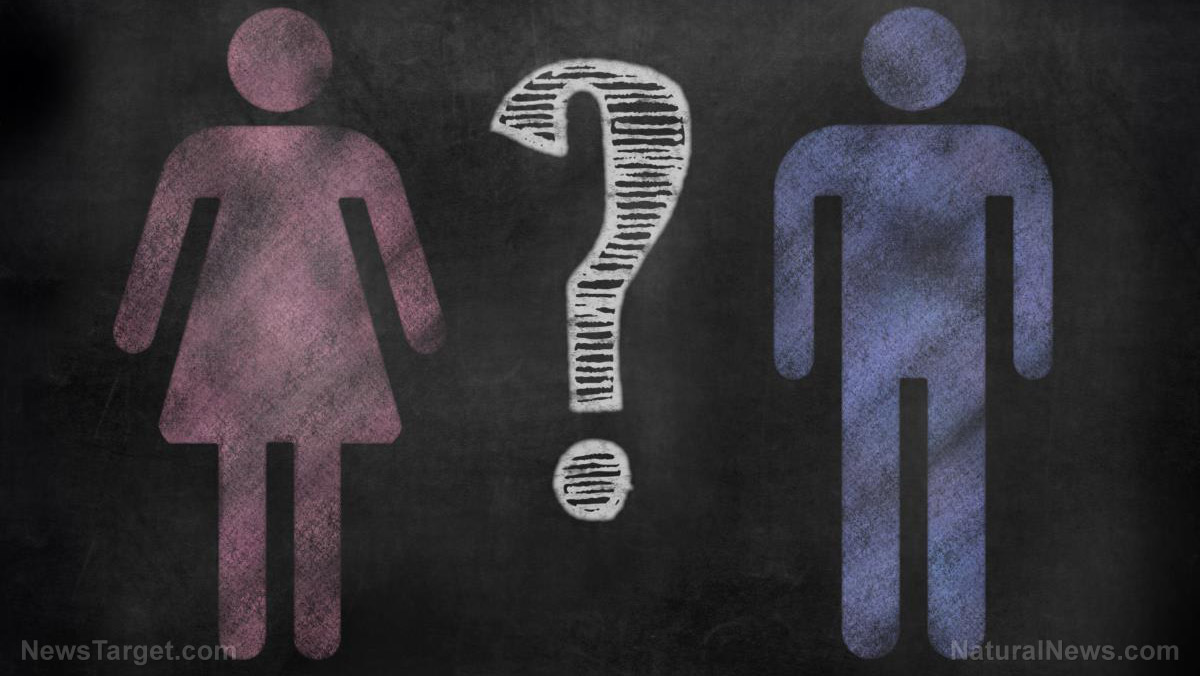Understanding the medical differences between Alzheimer’s and dementia
03/09/2020 / By Darnel Fernandez

Alzheimer’s disease and dementia are two terms that are often used to mean the same thing. Anyone who has done a bit of reading on Alzheimer’s disease finds a link between the neurodegenerative disease and the term “dementia.” While the distinction between the two can be quite confusing to some, the two words actually mean different things.
The difference between Alzheimer’s and dementia
Dementia is an umbrella term that refers to a set of symptoms that cause a decline in memory, reasoning or other thinking skills. There are various types of dementia, all with their own conditions that could cause them. In rare cases, people can also develop more than one type of dementia — also known as mixed dementia. These people often have multiple conditions that contribute to the cognitive decline that they experience. However, the diagnosis of mixed dementia can only be made through an autopsy.
Early symptoms of dementia are often quite mild, which makes the condition easy to overlook. The symptoms usually start with episodes of forgetfulness, like having trouble with time and direction. However, as dementia progresses, it could begin to have a significant impact on your ability to function independently. Forgetfulness and confusion become a norm, faces and names become much harder to recognize, and personal care could be neglected because of the mental decline caused by the symptoms.
On the other hand, Alzheimer’s disease is classified as a type of dementia. In fact, according to the Centers for Disease Control and Preparedness (CDC), Alzheimer’s disease is one of the most common types of dementia, with as many as 5 million Americans living with the disease. Alzheimer’s is a neurodegenerative brain disease caused by complex brain changes that come after cell damage. This disease leads to dementia symptoms, which gradually worsen over time. (Related: Brush your teeth every day to keep brain disease away: Study links gingivitis bacteria to increased risk of Alzheimer’s.)

As Alzheimer’s worsens, its symptoms—including disorientation, behavioral changes and confusion—get much more severe. Eventually, even simple everyday actions like speaking, swallowing food and walking become too difficult to perform. While younger people also run the risk of developing Alzheimer’s disease, the most significant known risk factor for this neurodegenerative disease is increasing age — with symptoms usually appearing around the age of 60. Even then, the Alzheimer’s Association estimate that there are around 200,000 Americans under the age of 65 that have younger-onset Alzheimer’s disease.
The primary difference between dementia and Alzheimer’s is that when a person is diagnosed with dementia, they are only being diagnosed with a set of symptoms. Similarly, a person diagnosed with dementia often doesn’t know what causes his mental decline. However, once health practitioners determine the cause of dementia, it would be significantly easier to give the appropriate treatment and counseling.
Another difference is that there is currently no known cure for Alzheimer’s disease. On the other hand, as dementia covers several conditions, some forms of it are reversible or even temporary.
While some people might find it easy to differentiate the two terms, it is still important to improve public awareness of their differences to quickly identify and perform proper treatment for those who need it. Learn more about neurodegenerative diseases by reading stories at Brain.news.
Sources include:
Submit a correction >>
Tagged Under:
aging, Alzheimer's disease, brain function, brain health, dementia, diagnosis, Differences, Diseases, neurodegenerative diseases
This article may contain statements that reflect the opinion of the author





















